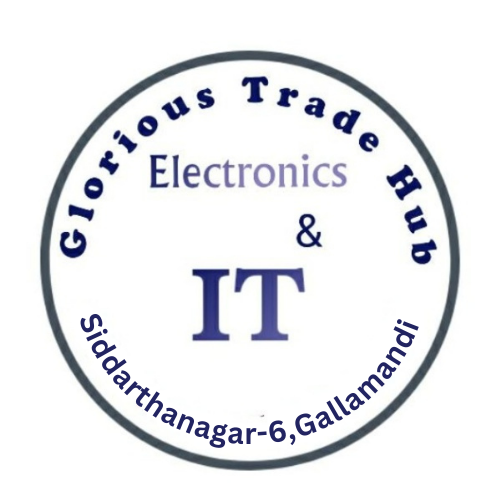Robotic actuators are critical components in the field of robotics, enabling movement and functionality in robotic systems. These actuators convert electrical energy into mechanical motion, allowing robots to perform a wide range of tasks with precision. The increasing demand for automation in various sectors, including manufacturing, healthcare, and logistics, is driving the growth of the robotic actuator market. As technology advances, manufacturers are developing more sophisticated actuators that provide enhanced performance, adaptability, and integration capabilities, further expanding their applications.
Electromechanical actuators (EMAs) have become a crucial component in modern automation systems, replacing traditional hydraulic and pneumatic actuators in many applications. EMAs convert electrical energy into mechanical motion, enabling precise control in industries such as aerospace, automotive, robotics, and industrial machinery. Their compact size, energy efficiency, and ease of integration have made them increasingly popular across multiple sectors. The global electromechanical actuator market is witnessing steady growth, driven by technological advancements, demand for automation, and the push for energy-efficient solutions.
Market Dynamics
The market growth of electromechanical actuators is influenced by several factors, including the need for reduced maintenance, improved operational efficiency, and lower environmental impact. EMAs offer significant advantages over hydraulic systems, such as reduced noise, higher accuracy, and elimination of fluid leakage issues. Additionally, increasing adoption of electric vehicles (EVs) and automated industrial equipment is fueling the demand for EMAs. Industrial automation, robotics, and aerospace applications are increasingly relying on these actuators for precise motion control, reliability, and extended operational life.
Key Trends
One of the defining trends in the electromechanical actuator market is miniaturization. Compact actuators are being developed for applications in aerospace and robotics where space constraints are critical. Another trend is the integration of smart technologies, such as sensors and IoT-enabled monitoring, which allow predictive maintenance and real-time performance optimization. The automotive industry, particularly in EVs and autonomous vehicles, is increasingly incorporating EMAs in steering, braking, and seating systems. Furthermore, the market is moving towards energy-efficient actuators that consume less power while delivering higher performance.
Regional Insights
North America and Europe are leaders in the electromechanical actuator market due to well-established automotive and aerospace sectors. Asia-Pacific is emerging as a high-growth region, with increasing industrial automation, robotics adoption, and electric vehicle production. Countries like China, Japan, and South Korea are investing heavily in smart manufacturing technologies, boosting EMA demand. Latin America and the Middle East also present opportunities in defense and energy sectors, with growing interest in reliable and precise actuator solutions.
Challenges
Challenges in the electromechanical actuator market include high initial costs, integration complexity, and the need for specialized technical expertise. Additionally, competition from hydraulic and pneumatic actuators in certain heavy-duty applications can slow adoption. Fluctuations in raw material prices and supply chain challenges may impact production timelines and costs.
Future Outlook
The future of the electromechanical actuator market is promising, with continued growth expected in automotive, industrial, and aerospace sectors. Innovations in materials, energy efficiency, and intelligent control systems will further enhance actuator performance and adoption. As industries increasingly prioritize automation, precision, and sustainability, EMAs will continue to play a pivotal role in global industrial development.
FAQs
Q1: What industries use electromechanical actuators most?
A1: Aerospace, automotive, industrial machinery, and robotics are the leading industries leveraging EMAs for precision motion control.
Q2: How do electromechanical actuators differ from hydraulic actuators?
A2: EMAs offer higher precision, lower maintenance, energy efficiency, and elimination of fluid leakage issues compared to hydraulic systems.
Q3: What is driving the growth of EMAs in the automotive industry?
A3: Increasing adoption of electric vehicles, autonomous systems, and energy-efficient designs is boosting EMA usage in automotive applications.
More Related Reports:
Air Separation Plants Market Share
Outdoor Power Equipment Market Share


